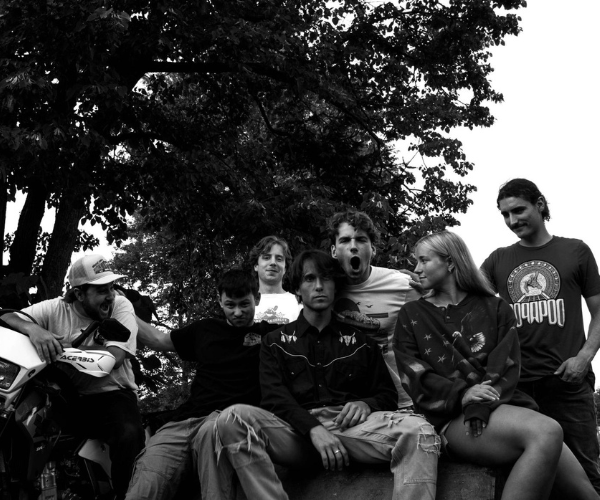In 1980, Jason Walters' parents purchased an Atari 800 personal computer. The system at the time sold for about $1,000 and introduced games such as Pac-Man, Missile Command and Donkey Kong to those kids who were lucky enough to get an Atari computer.
Walters wasn't satisfied with the games, though. His older brother had magazines with lists of sample computer code in the back. Walters started typing code from those magazines into the Atari just to see what it would do.
It didn't take him long to figure out how to change the menu screen for one game pack. The first thing he did was put his and his brothers' names on the menu screen. Then he changed the colors, eventually making the menu a virtual rainbow. Eventually, he created something new — an image that appeared and swooped across the screen.
It was Walter's first piece of digital art. He was about 5 years old.
"I never start out with an end goal," says Walters, who works by day as the IT department for a local manufacturer. "I go until I am satisfied with the output."
Now at age 35, Walters is still experimenting with digital artwork, and he is still using gaming systems in the process. Walters will install an interactive digital video projection at this year's Ingenuity Festival, which kicks off Sept. 16 on the lower level of the Detroit-Superior Bridge.
Walters will use sensor bars from Xbox Kinect gaming systems to gather the movements of people who come into his installation. The sensors will be connected to computers, which run software he developed that translates the data into digital images — squiggly white lines on a black background — which he then projects onto a wall.
At Ingenuity, Walters will be a visual DJ. He plans to place himself in the middle of the installation, surrounded by the Kinect sensors, projectors and computers. He may even mix the digital images on the walls with electronic music he has composed, all the while running a light show from one of his computers.
"I want the art around me," he says, "and I'm hoping to have a large enough space that, if I'm playing music, people can dance."
Everything Walters does has been self-taught. He went to Kent State to study computer science but only lasted a year and a half. He prefers to move at his own pace and found he often worked too slowly on some things and too quickly on others.
He has, at times in his life, been obsessed with drawing, painting, music, and of course, computers. He has created a handful of apps for the iPhone and iPad, the most popular of which is Spirogrow. It's an interactive drawing tool in which users drag a finger across the screen to produce white spirals on a black background. His apps are similar to the Kinect installation he will do at Ingenuity.
For Walters, sitting in front of a computer and making changes to the lines of letters, numbers and other characters is like composing music. He makes minor changes in his code until the image that appears on his computer is a work of art.
"My codes are like notes. If you took a bunch of notes and threw them on the page, it's not the prettiest thing," he says. "It could be a jumbled mess, and that is how code can be. I just rearrange that to form a beautiful composition."
More Info spirobeam.com



